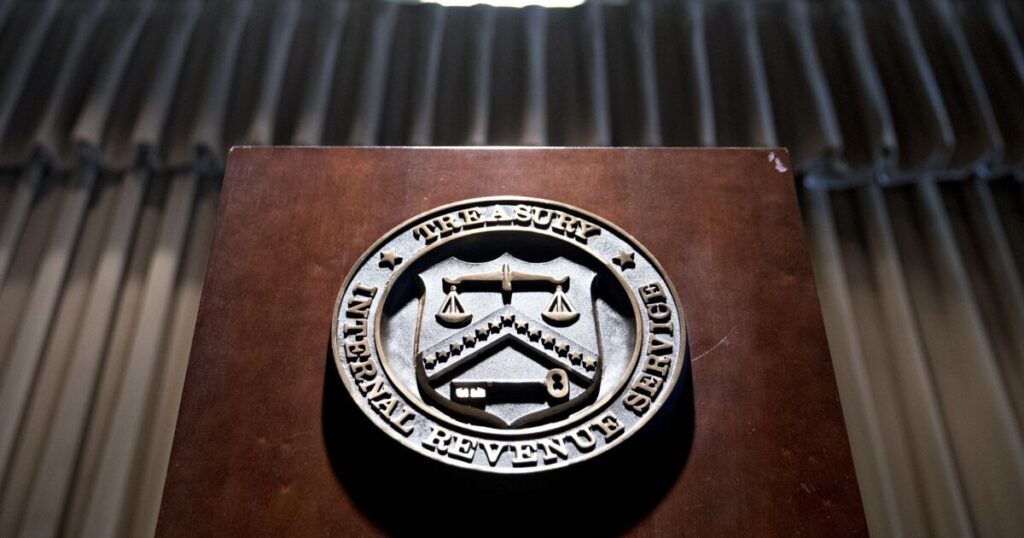TIGTA: IRS needs more focus in digital communications


The Treasury Inspector General for Tax Administration said that the Internal Revenue Service’s Taxpayer Digital Communication program, despite having existed for two years, could do more to improve communications with taxpayers, feeling that current efforts are a little unfocused.
The recent report did note that, since the initiative was first launched in 2020, the IRS has implemented 11 program units that have improved digital communications, the majority of which include secure messaging for various IRS units. However, while secure messaging is integral to agency efforts to improve communication and modernize digital communications, TIGTA said few taxpayers have benefited, as several of these installations were developed and initiated for a relatively small number of expected users. It noted that five of the 11 units were approved despite the expectation of having 1,000 or fewer expected users. Two installations did not estimate their expected user volume within the risk assessment documents at all.
TIGTA said this demonstrates that the IRS has focused more on completing installations than maximizing its ability to communicate with taxpayers. Rather than proactively identifying IRS functions or operations that would provably benefit from digital communications enhancement, the service simply allows any IRS program, function or business unit wishing to explore digital communications enhancements to express interest. In this sense, the program has been implemented without certain standards or analyses, much to the detriment of the IRS.
“TIGTA determined that there are no performance measures in place for the TDC program office. In addition, none of the offices or programs involved in the TDC installations were required to provide any cost-benefit analyses and more thorough attempts should have been made to identify and consider input from both external and internal stakeholders to identify the areas of improvement for which consensus was strongest,” said the report.
Consistently updating measurable goals and objectives, said TIGTA, may provide a method by which the TDC program office and the impacted functions can evaluate their success and evolution. When asked about this, the most common thing told to inspectors was that certain metrics or measures were not applicable to particular situations, or that the program and components did not have quantifiable results. For example, seven of the 11 units installed so far do not or did not actively track the number of taxpayers authenticated. In several cases this number was not separately tracked because it had the same landing page on IRS.gov and the IRS cannot differentiate the installation. However, taxpayers are unable to use the secure messaging tool unless they are authenticated, which makes successful authentication an important measure of whether the taxpayer was able to use the secure messaging features.
Overall, TIGTA said the IRS needs more measures and metrics, not despite, but because, of the service’s financial constraints.
“Performance measures provide a way to determine what has been accomplished and whether or not an organization is meeting its stated goals and objectives. Establishing goals and standardizing the evaluation of the use of installations could provide a means to direct IRS resources towards taxpayer segments or IRS functions for which secure messaging may have a better rate of adoption. Given the IRS’s limited resources, it is important that the TDC program develop performance measures associated with established goals or objectives to assess whether improvements should be made,” said TIGTA, which added that the same goes for cost benefit analyses.
TIGTA said the IRS should:
- Leverage lessons learned to expand digital communications to all taxpayers;
- Reevaluate the level of assurance necessary for TDC installations;
- Develop and implement an evaluation plan to assess the TDC program and its management of TDC installations;
- Develop a method by which information is obtained from all stakeholders to determine why users may not be interested in TDC installations, what barriers to adoption exist, and how IRS employees can support taxpayer adoption; and,
- Establish an office that would be responsible to coordinate and manage the expansion and use of digital communication across stakeholders.
The IRS said it already follows the first recommendation, pointing to regular meetings and roundtables to identify strategic topics, as well as its prioritization process and its use of a process flow based on a case assessment rubric. It also said it already follows the third recommendation, saying they regularly monitor the program, using project–by-project measures to identify individual program success; further, it took issue with the implication it does not use cost benefit analyses, though TIGTA said its concern was that they were not required as a matter of course. The service also believed it was already following through with the fourth recommendation, stating that it employs multiple data-gathering tools, as well as survey tools to gain insight into taxpayer needs and preferences. On the fifth recommendation, the IRS said the TDC program itself serves this role and so didn’t need to make an entirely new office.
It did, however, agree with the second recommendation, saying it will reevaluate the level of assurance necessary for TDC installations


